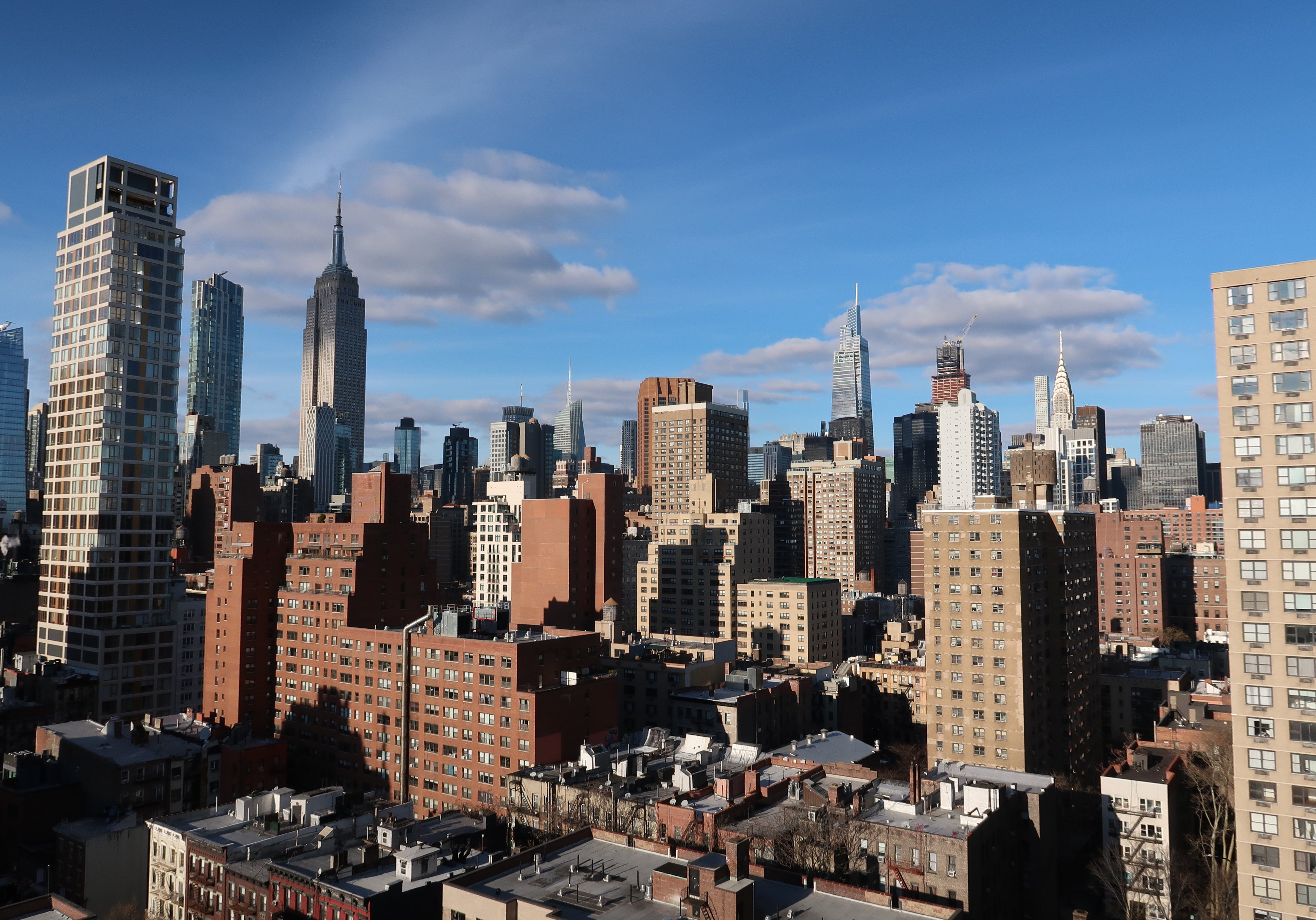Temporary Places of Assembly (TPAs) are assembly spaces that exceed 75 persons indoors or 200 persons outdoors, the basic requirements of a Place of Assembly (PA). However, TPAs are intended for periods of 30 days or less. Typically, TPA permits are used when spaces within a building are changed from an office to an assembly for a special event, a function that is unique to the TPA. This type of permit is also used to temporarily allow food and drink consumption at an event where serving would otherwise not be allowed.
Clearing up confusion
Once a TPA plan has been approved and a permit issued, one of the basic requirements is the Certified Fire Guard. A Certified Fire Guard (CFG) is any person who has passed the CFG examination requirements of the Fire Department of New York (FDNY). The role of a CFG in a TPA is to facilitate egress in case of emergency due to an excessive occupancy load for the space. The plan examiner who reviews the TPA will determine the required number of fire guards. Typically, there should be one per every 100 occupants/attendees.
In some cases, the TPA is issued for a 30-day period; however, the occupancy of the space may only occur during business days. A common misconception is that the fire guards are still required to be on-site during the TPA hours, regardless of occupancy. The FDNY has clarified that this is not the case: the fire guards must be on-site only during that use or event.
Additionally, if the TPA is issued for an event of less than 75 persons (issued for occupancy type and not load), fire guards are not required. FDNY handles inspection and enforcement. However, if 75 come together without the presence of a fire guard, the FDNY may issue a violation.
For any additional questions or comments on TPAs or Certified Fire Guards, please contact Milrose Consultants.



-3.png)


